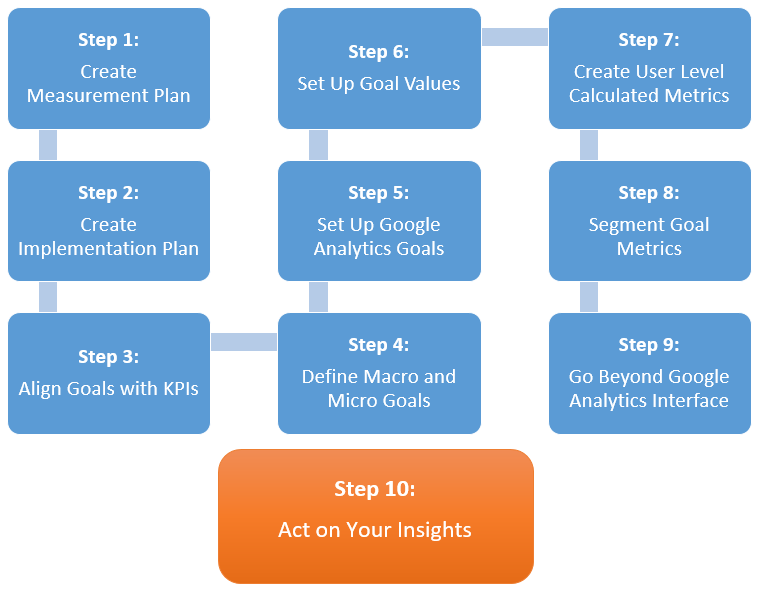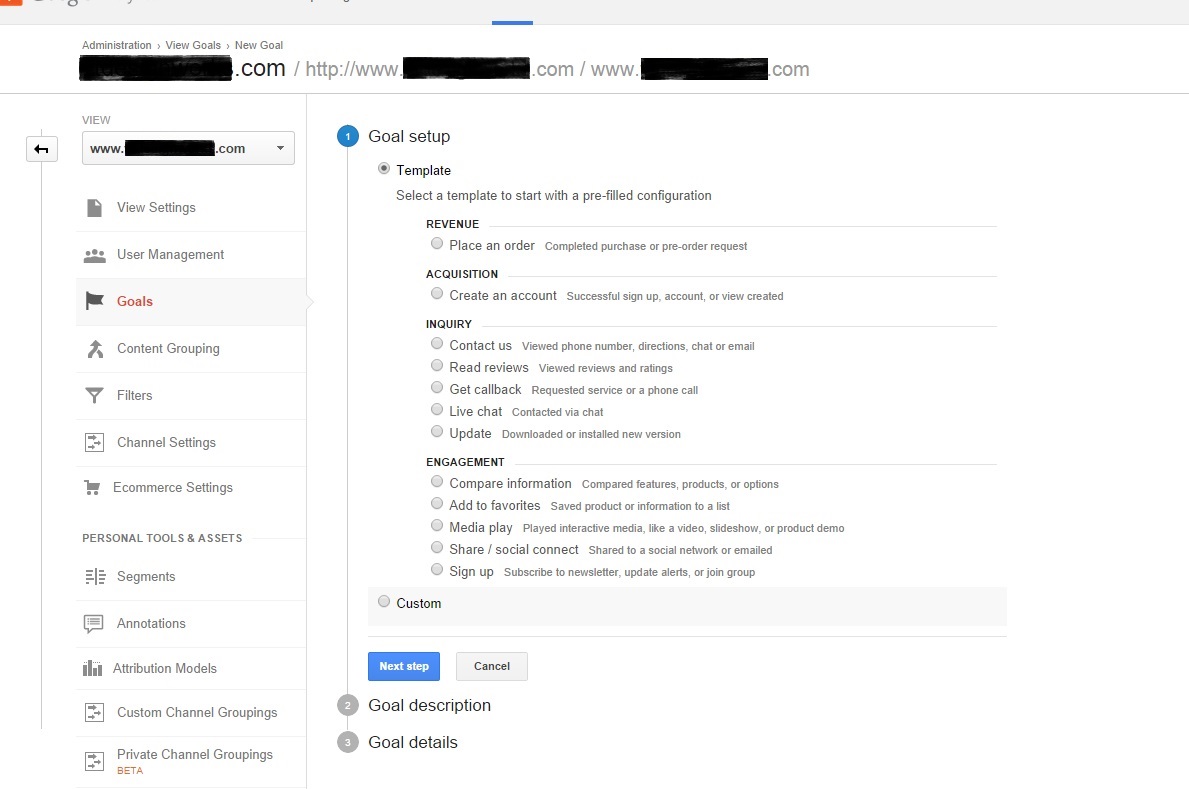Comprehending What Data Is Google Analytics Goals Unable to Track
Comprehending What Data Is Google Analytics Goals Unable to Track
Blog Article
Unveiling the Blind Spots: Comprehending What Google Analytics Goals Can not Determine
In the world of electronic analytics, Google Analytics stands as an effective device for tracking and examining on the internet customer communications. However, amid its durable capacities, there exist dead spots that commonly evade measurement. Recognizing what Google Analytics objectives can not determine is important for acquiring a detailed view of individual behavior and engagement. As we delve right into the ins and outs of these blind places, we discover a complex internet of undiscovered areas that hold important insights right into individual actions and inspirations, tough traditional wisdom and dropping light on the limitations of our data-driven understanding.
Individual Habits on External Platforms
Comprehending how customers communicate on outside platforms is crucial for maximizing online approaches. Outside systems, such as social networks networks, referral internet sites, and online discussion forums, play a significant role in driving traffic to a business's internet site. By examining customer behavior on these systems, organizations can get valuable insights right into the performance of their advertising efforts and the choices of their target market.
One key element of user habits on outside systems is the recommendation source. By tracking where the customers are coming from, services can recognize which systems are driving the most traffic to their web site. This details can aid companies assign their sources better, concentrating on the platforms that produce the ideal outcomes.

Offline Interactions and conversions
Analyzing user behavior on exterior systems gives beneficial understandings right into on-line methods; nevertheless, thinking about offline conversions and communications is just as essential for a detailed understanding of a business's general performance. While Google Analytics succeeds at tracking on-line communications, it falls brief in recording the total customer journey that commonly consists of offline touchpoints. Offline conversions, such as in-store purchases or phone questions, play a substantial function in numerous businesses' success. Overlooking these communications can cause a distorted sight of the effectiveness of advertising and marketing projects and general business efficiency.

Acknowledgment Beyond Last Click
When diving into the realm of digital advertising analytics, it becomes important to look past the single touchpoint of the last click for a much more detailed understanding of acknowledgment. While Google Analytics supplies valuable understandings right into customer habits, counting solely on last-click attribution can be limiting - what data is google analytics goals unable to track. Attribution models that exceed the last click use a much more nuanced sight of the consumer trip, taking into consideration all the touchpoints that bring about a conversion
Acknowledgment past the last click allows marketing professionals to designate credit rating to various communications along the conversion course, giving a clearer photo of the performance of various advertising channels. By exploring multi-touch acknowledgment models such as linear, time decay, or position-based acknowledgment, businesses can better allot their advertising and marketing budget plans and maximize their techniques for optimal impact.
Understanding the impact of each touchpoint in the conversion process is essential for making informed choices and making best use of ROI. By welcoming attribution past the last click, companies can gain deeper understandings right into customer habits and tailor their advertising and marketing efforts more effectively.
Cross-Device and Cross-Browser Monitoring

Likewise, cross-browser tracking enhances cross-device monitoring by capturing individual behavior as they switch in between various internet internet browsers. Understanding how customers connect with websites on various browsers can help marketers optimize their online experiences to make certain consistency and functionality across various systems.
Qualitative Information and Customer Intent
Understanding user intent through qualitative data analysis is essential for developing targeted digital advertising methods that resonate with the needs and choices of the target market. Qualitative information supplies understandings into the 'why' behind user actions, clarifying motivations, emotions, and preferences that measurable information alone can not record. By assessing customer comments, comments, and communications, online marketers can uncover valuable details concerning individual intent, enabling them to tailor their messaging, material, and offerings to much navigate here better align with what their audience is looking for.
Qualitative information likewise assists in recognizing the context in which users engage with a website or app. This contextual understanding allows marketing professionals to produce even more tailored and appropriate experiences, eventually driving higher involvement and conversion rates. By diving into customer intent with qualitative data analysis, organizations can get a deeper understanding of their target market, leading to extra effective advertising approaches that satisfy users' expectations and demands.
Verdict
To conclude, Google Analytics objectives have limitations in determining user habits on exterior platforms, offline Source conversions, acknowledgment beyond last click, cross-device and cross-browser monitoring, and qualitative information connected to customer intent. what data is google analytics goals unable to track. It is very important for services to be knowledgeable about these unseen areas in order to supplement their data analysis with various other devices and methods to get an extra extensive understanding of their target market and boost their general electronic advertising methods
By analyzing user habits on these systems, businesses can acquire beneficial insights into the efficiency of their advertising and marketing efforts and the preferences of their target audience.
Examining customer actions on outside systems provides important insights into on-line approaches; nonetheless, thinking about offline conversions and interactions is just as necessary for an extensive understanding of a business's total efficiency.In electronic advertising and marketing analytics, moving beyond last-click attribution to explore cross-device and cross-browser tracking is vital for getting an alternative understanding of individual interactions across various platforms and tools. By assessing customer responses, remarks, and communications, marketing professionals can uncover valuable information concerning customer intent, permitting them to tailor their messaging, content, and offerings to better straighten with what their audience is looking for.
By delving into individual intent via qualitative information evaluation, services can gain a much deeper understanding of their target audience, leading to extra efficient advertising and marketing techniques that meet customers' requirements and expectations.
Report this page